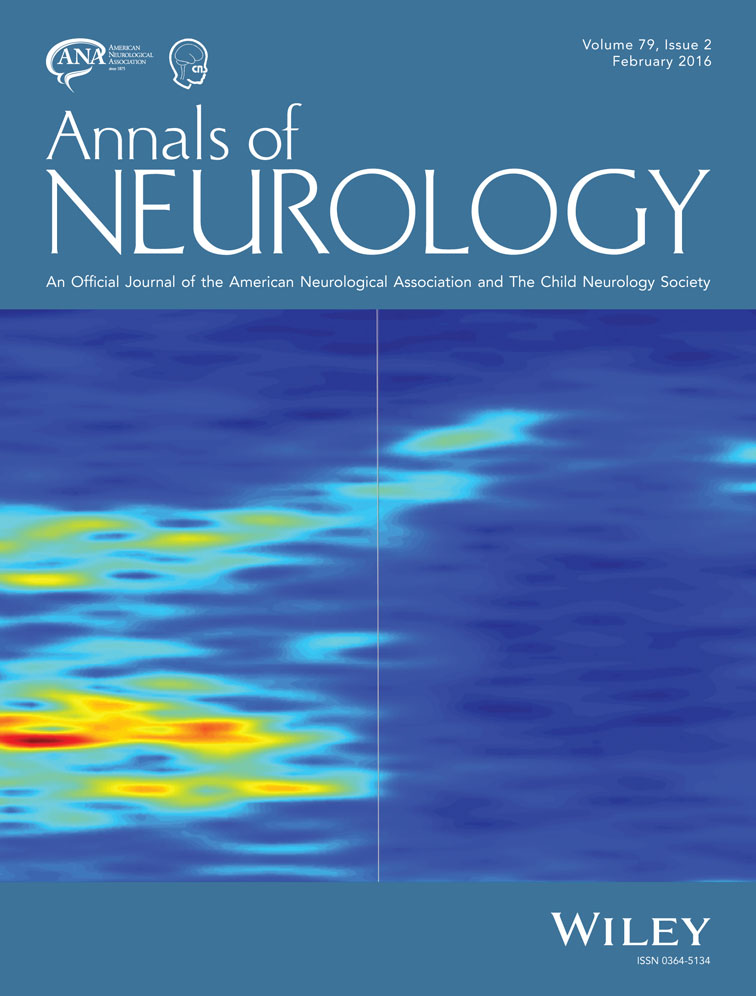Skin nerve misfolded α-synuclein in pure autonomic failure and Parkinson disease
Abstract
Objective
To characterize the expression in skin nerves of native (n-syn) and misfolded phosphorylated (p-syn) α-synucleins in pure autonomic failure (PAF) and idiopathic Parkinson disease (IPD). The specific aims were to (1) define the importance of n-syn and p-syn as disease biomarkers and (2) ascertain differences in abnormal synuclein skin nerve deposits.
Methods
We studied 30 patients, including 16 well-characterized IPD patients and 14 patients fulfilling PAF diagnostic criteria, and 15 age-matched controls. Subjects underwent skin biopsy from proximal (ie, cervical) and distal (ie, thigh and leg) sites to study small nerve fiber and intraneural n-syn and p-syn.
Results
PAF and IPD showed length-dependent somatic and autonomic small fiber loss, more severely expressed in patients with higher p-syn load. n-syn was similarly expressed in both groups of patients and controls. By contrast, p-syn was not evident in any skin sample of controls but was found in all PAF and IPD patients, although with different skin innervation. In addition, abnormal α-synuclein deposits were found in all analyzed skin samples in PAF but in only 49% of samples with a higher positivity rate at the proximal site in IPD.
Interpretation
(1) Intraneural p-syn was a reliable in vivo marker of PAF and IPD; (2) neuritic p-syn inclusions differed in PAF and IPD, suggesting a different underlying pathogenesis; (3) when searching for abnormal p-syn deposits in skin nerves, the site of analysis is irrelevant in PAF but it is critical in IPD. Ann Neurol 2015 Ann Neurol 2016;79:306–316




